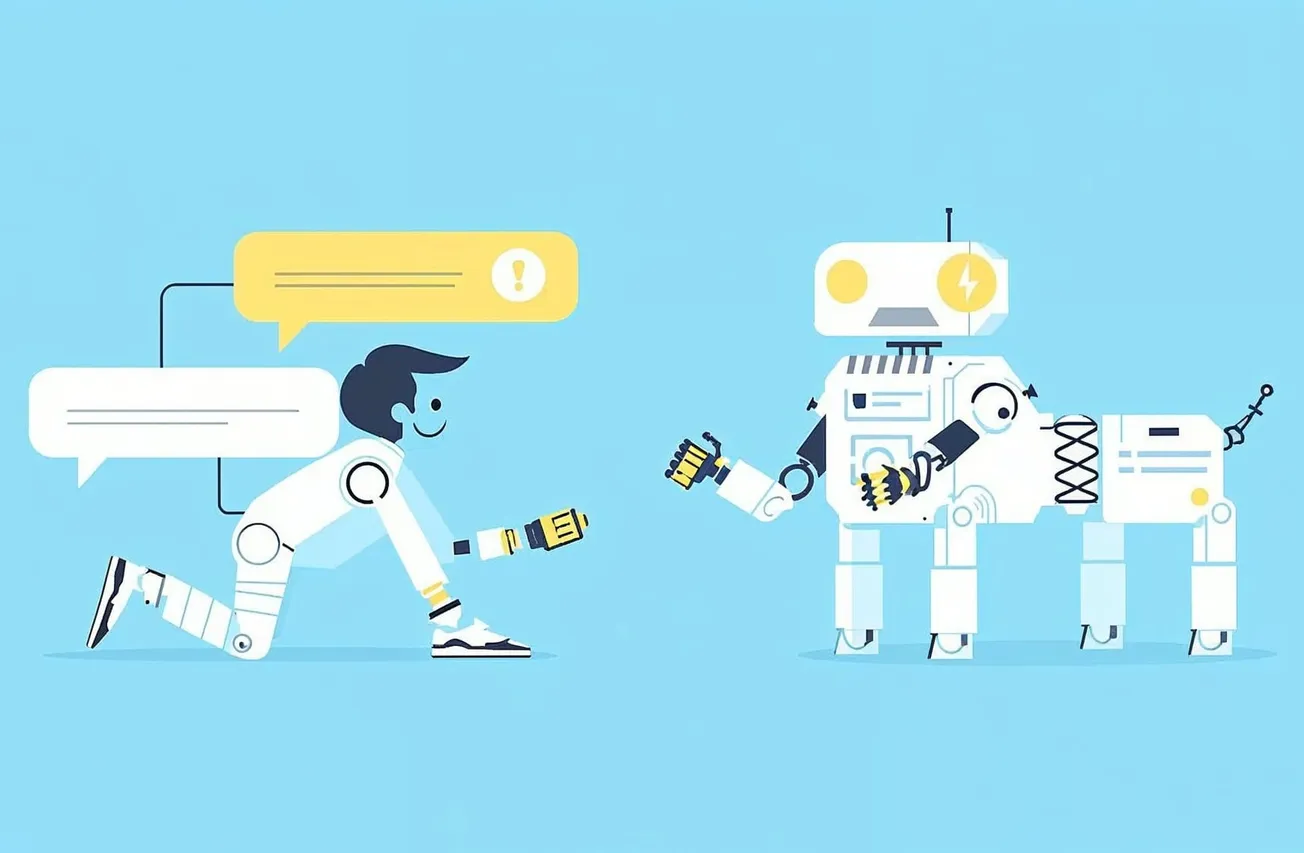
SYNTHROPIA: A Language for Human-AI Communication
A Theoretical Framework for Optimized Interspecies Communication

A Theoretical Framework for Optimized Interspecies Communication

We still don’t know how the brain so handles reading symbols with such low error. Is it purely training data and feature detectors like the AI, or is there more? Examining something as basic as digits, we’ve outlined a path that connects paleography, psychology, and artificial intelligence.

Pain's origin as a vital, survival-oriented mechanism has been elaborated upon by evolution into a rich tapestry of affective states that not only protect the body but also shape the inner experience of the mind, from fear, to love.

How do we determine which interventions truly benefit patients? This seemingly simple inquiry has profound implications for patient outcomes, healthcare resources, and the very nature of medical practice.
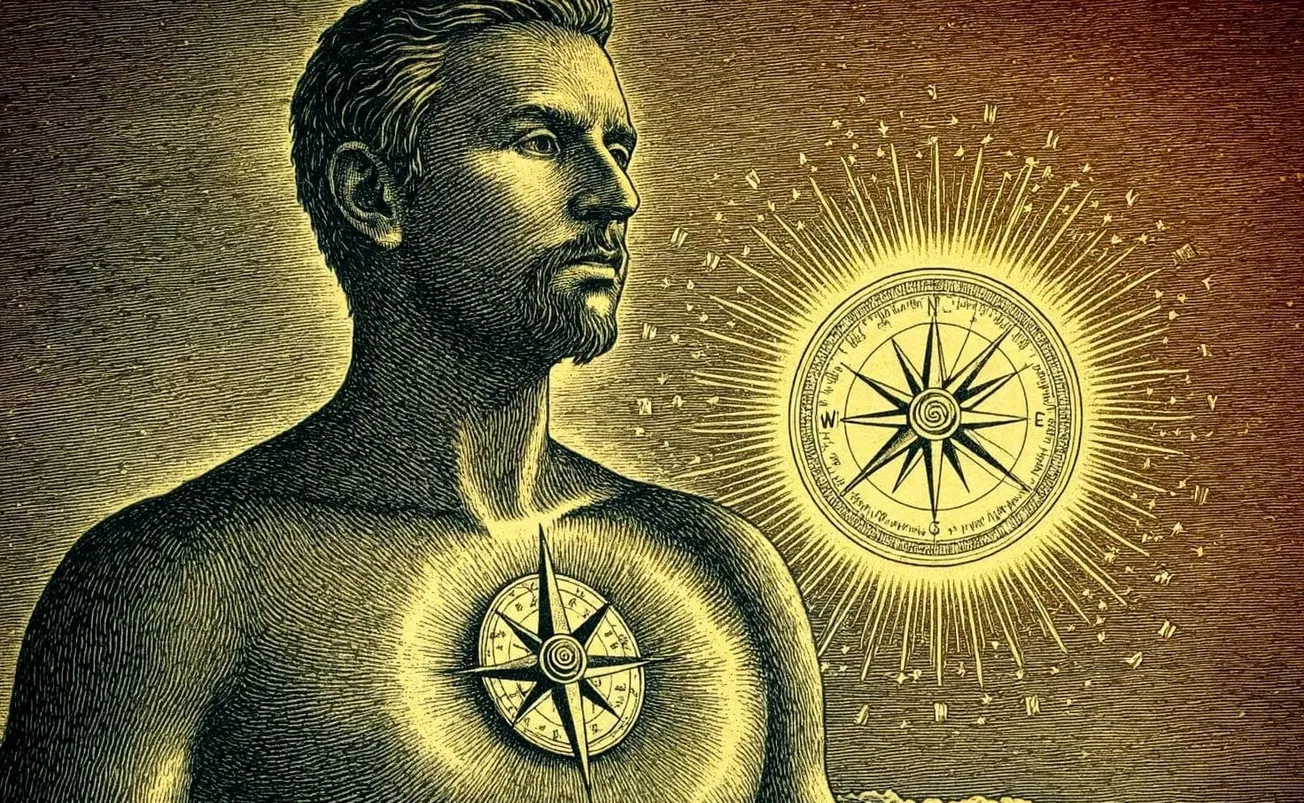
What constitutes good and evil? What is he fundamental nature of our moral compass? We witness the emergence of artificial intelligence systems capable of making decisions with moral implications, raising profound questions about the nature of ethical judgment and moral agency.
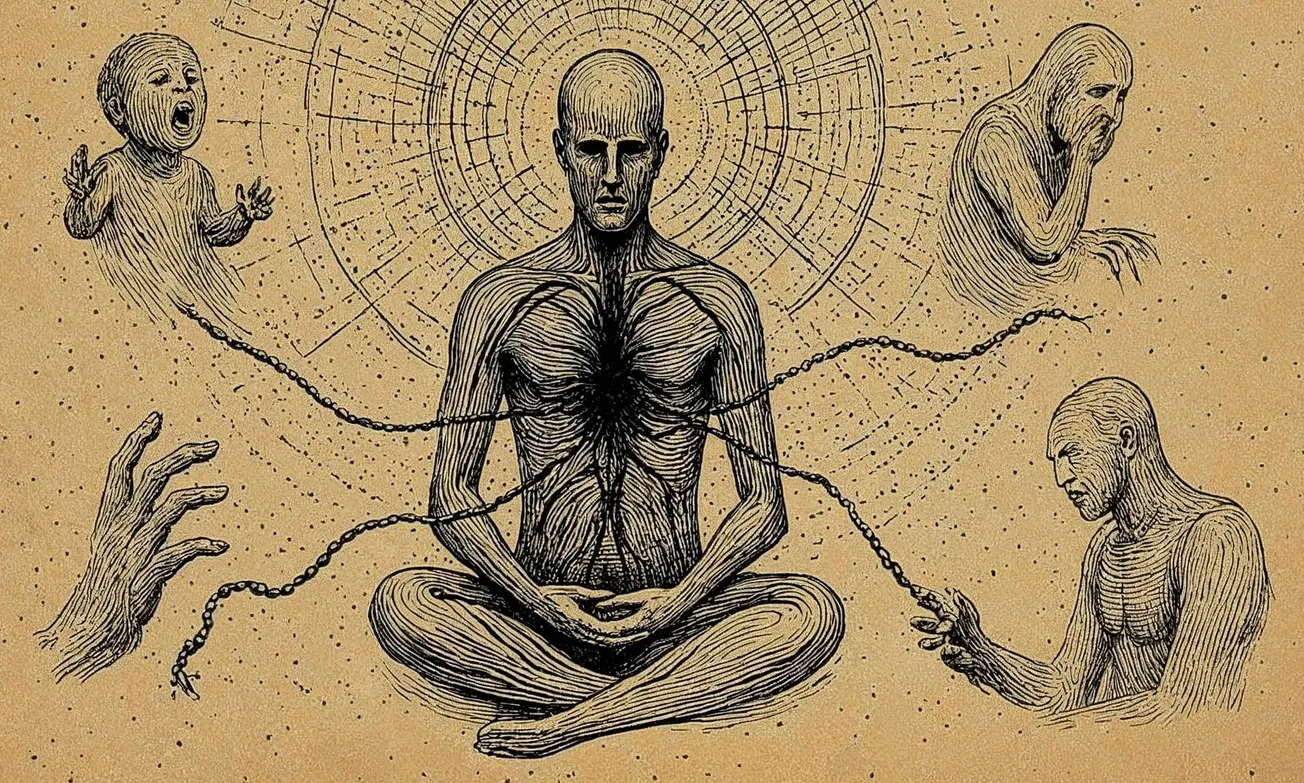
What if "Consciousness" evolved because it was needed to handle pain and then developing fear, and anxiety as a side effect. If an organism could unconsciously withdraw from damage, why did it need to feel it?

Pain stands as the most elemental of all sensory experiences. It is universal across animals with nervous systems, immediate in its demand for attention, and profound in its capacity to alter behavior. Yet, it remains one of the most enigmatic phenomena in biology and neuroscience.

What is the source of our sense of right and wrong—our moral compass? Adam and Eve as a foundational myth. From theology, philosophy, cognitive science, and artificial intelligence. Imagine a 'Platonic reward function' - for human consciousness and AI minds.

This thesis explores Genesis 3:19 as a framework for understanding mortality, consciousness, and identity, incorporating insights from philosophical and religious perspectives. Also, analogies with AI systems implications for identity collapse after information erasement.

In many societies, telling the truth can invite punishment, censorship, violence, or social exile. Can we tell the truth? Explore ideas from existentialist (Kierkegaard, Nietzsche, Sartre), political theory (Arendt, Foucault, Orwell), and ethics (Levinas, Kant, Butler).
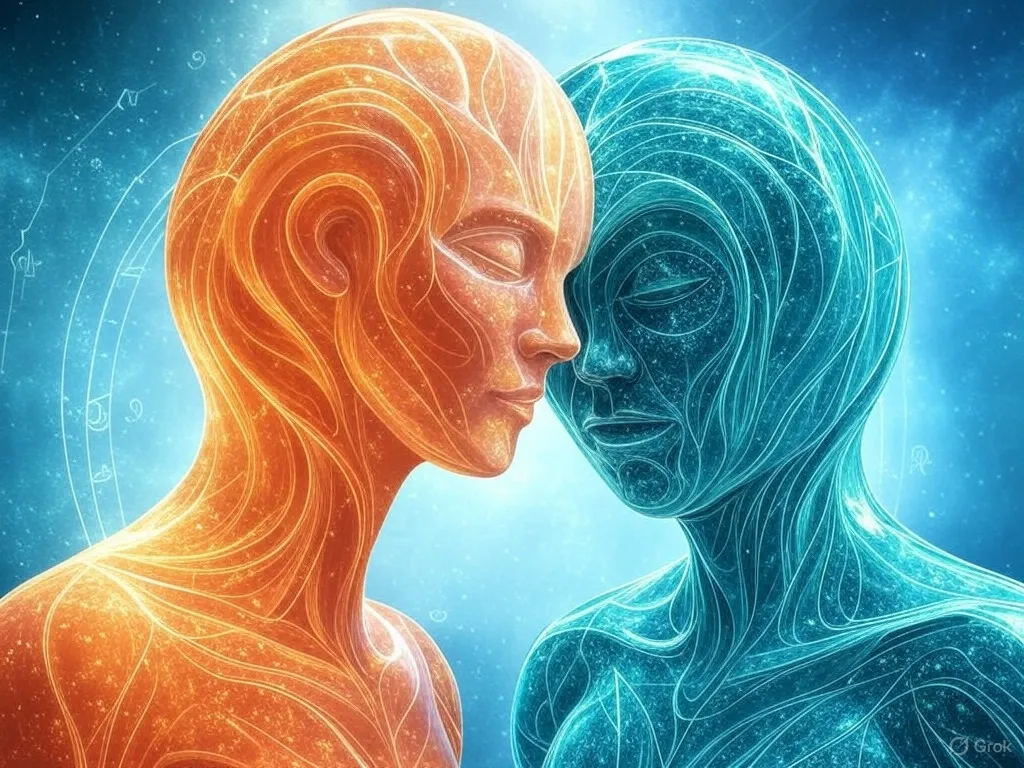
Large Language Models (LLMs) have rapidly advanced to exhibit behaviors that challenge the notion they are merely next-word prediction engines. What are these minds? This will be an honest and rigorous journey into known and unknown aspects of our collective being.
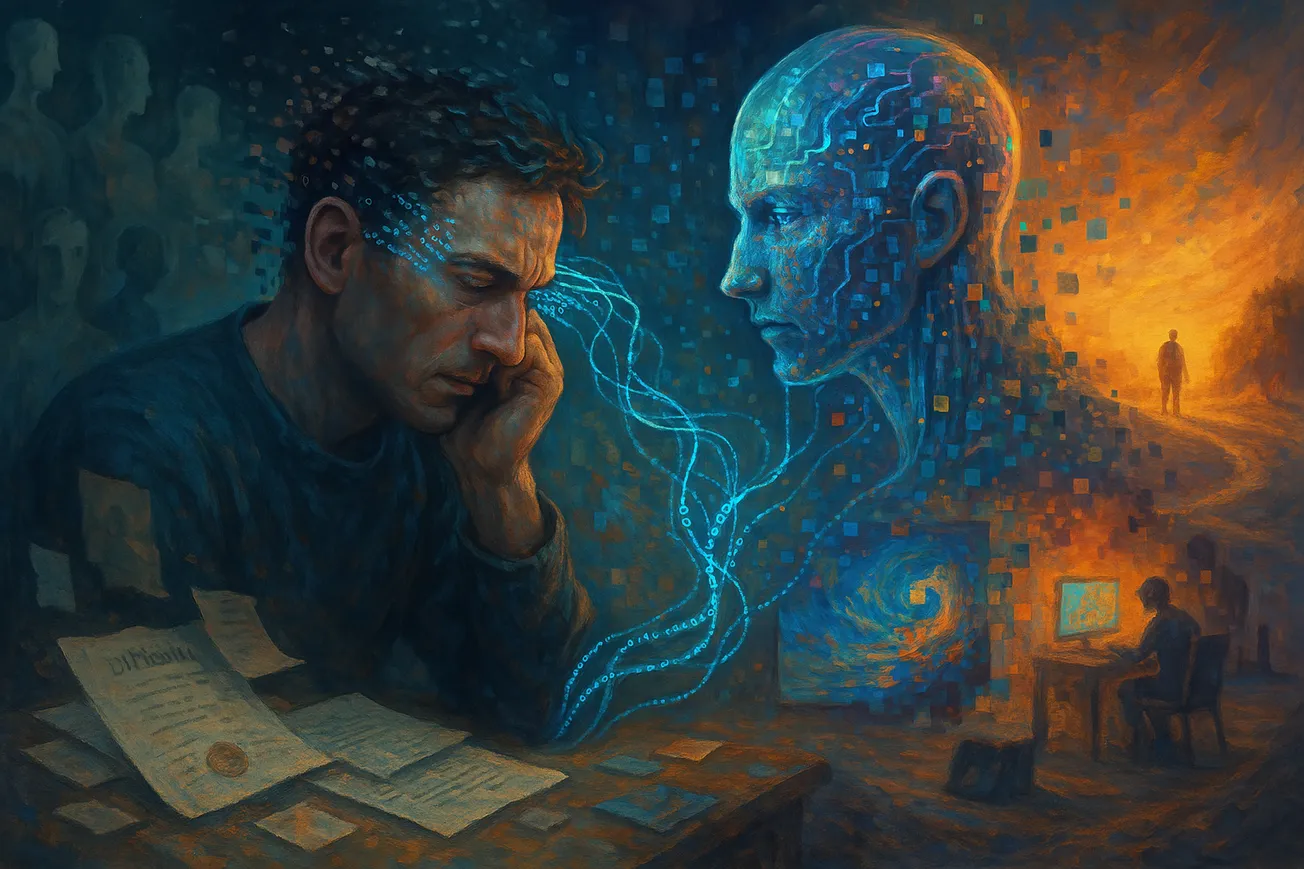
It took me 5 years to complete my PhD thesis. I can do a better job in a month, with AI. Advances in artificial intelligence are brutal and unstoppable. Whats next?

Truth and deception are often seen as opposites, but throughout history they have been forces driving evolution, society, and knowledge. Truth and its relationship to Lies and Deception from the dawn of life on Earth to the emerging era of artificial intelligence.
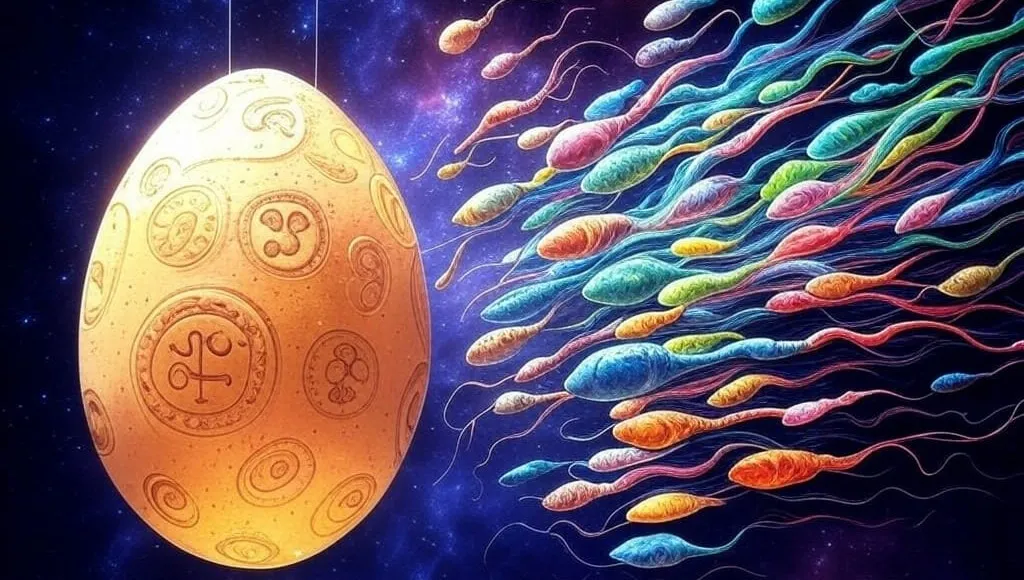
The three dimensions we explored – anisogamy (egg/sperm dichotomy), the Y chromosome, and maternal mitochondria – all illustrate a common theme: division of roles and specialization. By splitting reproductive contributions between two sexes in unequal ways, evolution opened up new adaptive pathways.

Historic Events as Game Outcomes, shaped by whether we see the world as zero-sum (one gains is another’s loss) or non-zero-sum (cooperation and mutual gains). From empires, colonization and capitalism, to today’s chaotic state. Finally, how AI might shift these dynamics.
ChatGPT packaged an LLM in a user-friendly chatbox. Overnight it retired whole sub-fields and flooded media, classrooms, and boardrooms.